In the beginning, everything was a single sea. But then the god Ra turned his back on mankind and hid himself in the depths of the waters. In response, Apep (the ancient Egyptian name for the monstrous serpent), came up from underneath and wreaked havoc on humans. Seeing this, Ra’s daughter, Isis, turned into a snake and seduced Apep. Once they had coupled, she strangled him with her coils to keep him from escaping again. A lot like Star Wars, but without lasers or lightsabers. Just like this there’s another fascinating legend emerged from ancient Egypt.
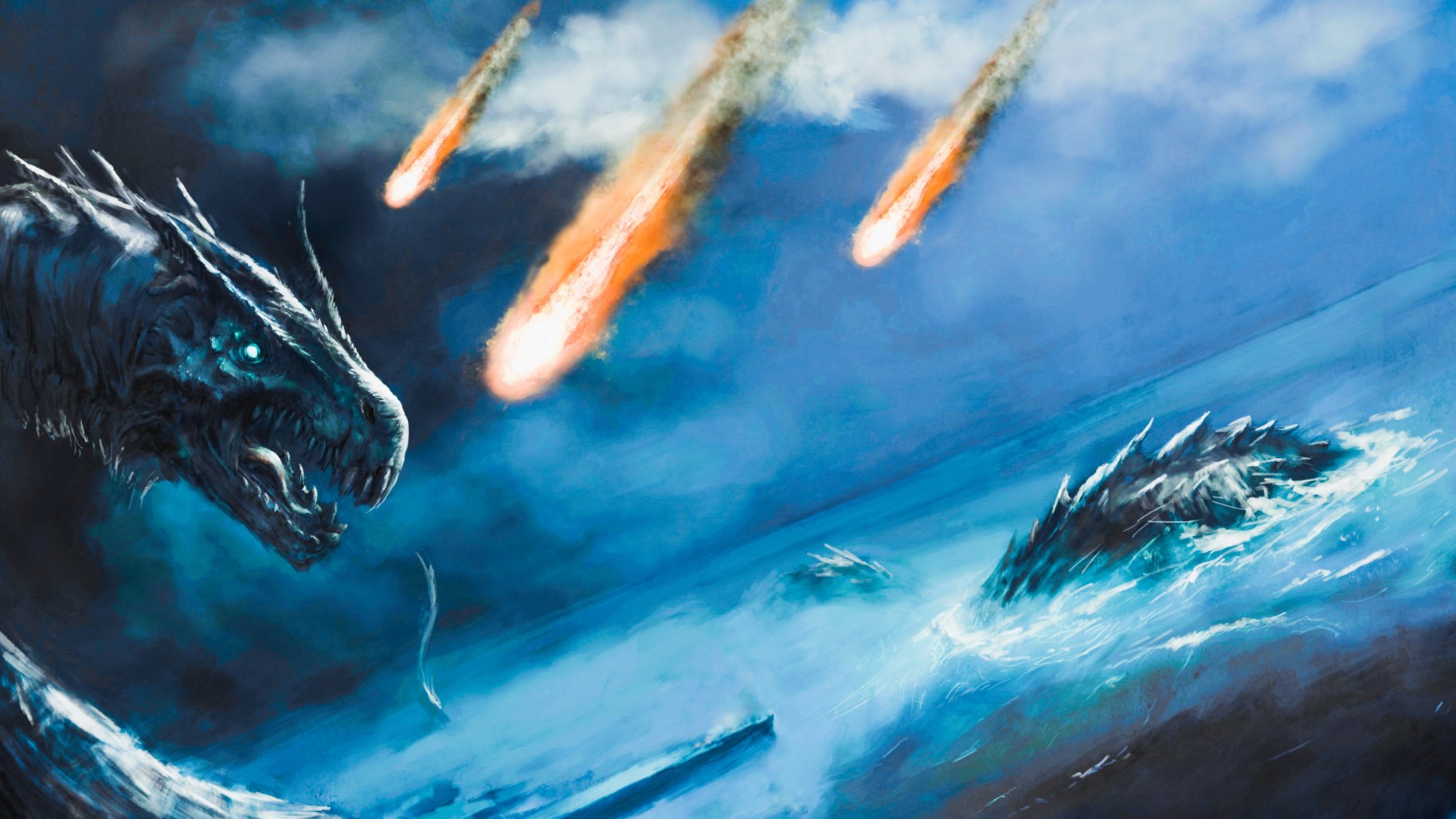
A condensed version of this ancient Egyptian legend goes as follows: “The wise servant tells his master how he survived the shipwreck and came ashore on a mysterious island where he met a great talking serpent who called himself the Lord of Punt. All good things were on the island, and the sailor and the snake converse until a ship is hailed and he can return to Egypt.”
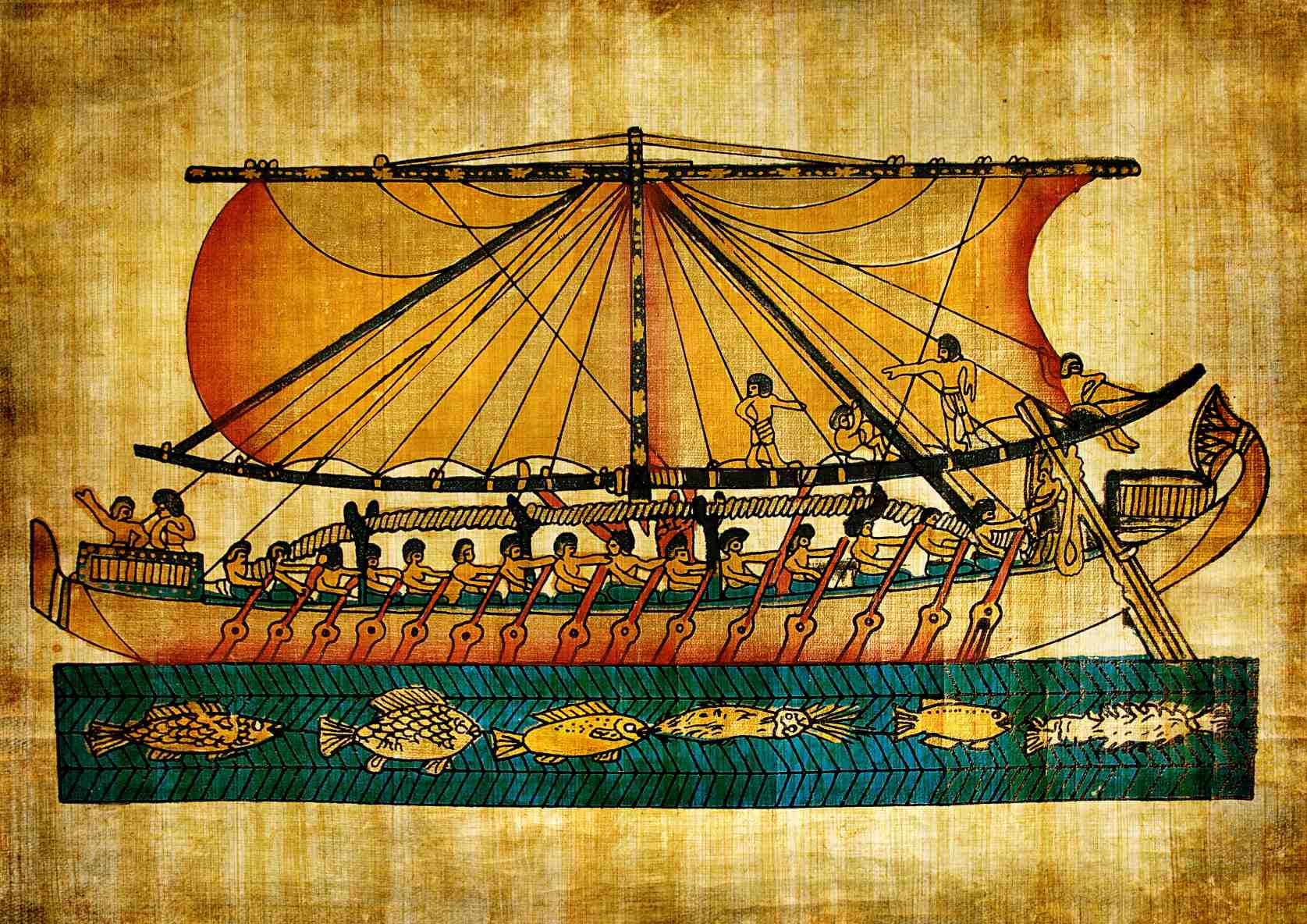
A number of the myth’s fragments lead to some interesting reflections. The size of the enigmatic reptile is the first thing that strikes one as astonishing. The surviving sailor recounts his misadventures in this manner:
“The trees were cracking, the ground was shaking. When I opened my face, I saw that the serpent was approaching me. Its length is thirty cubits. His beard is more than two cubits long. His scales are of gold, his eyebrows are of lapis lazuli, his body is curved upwards.”
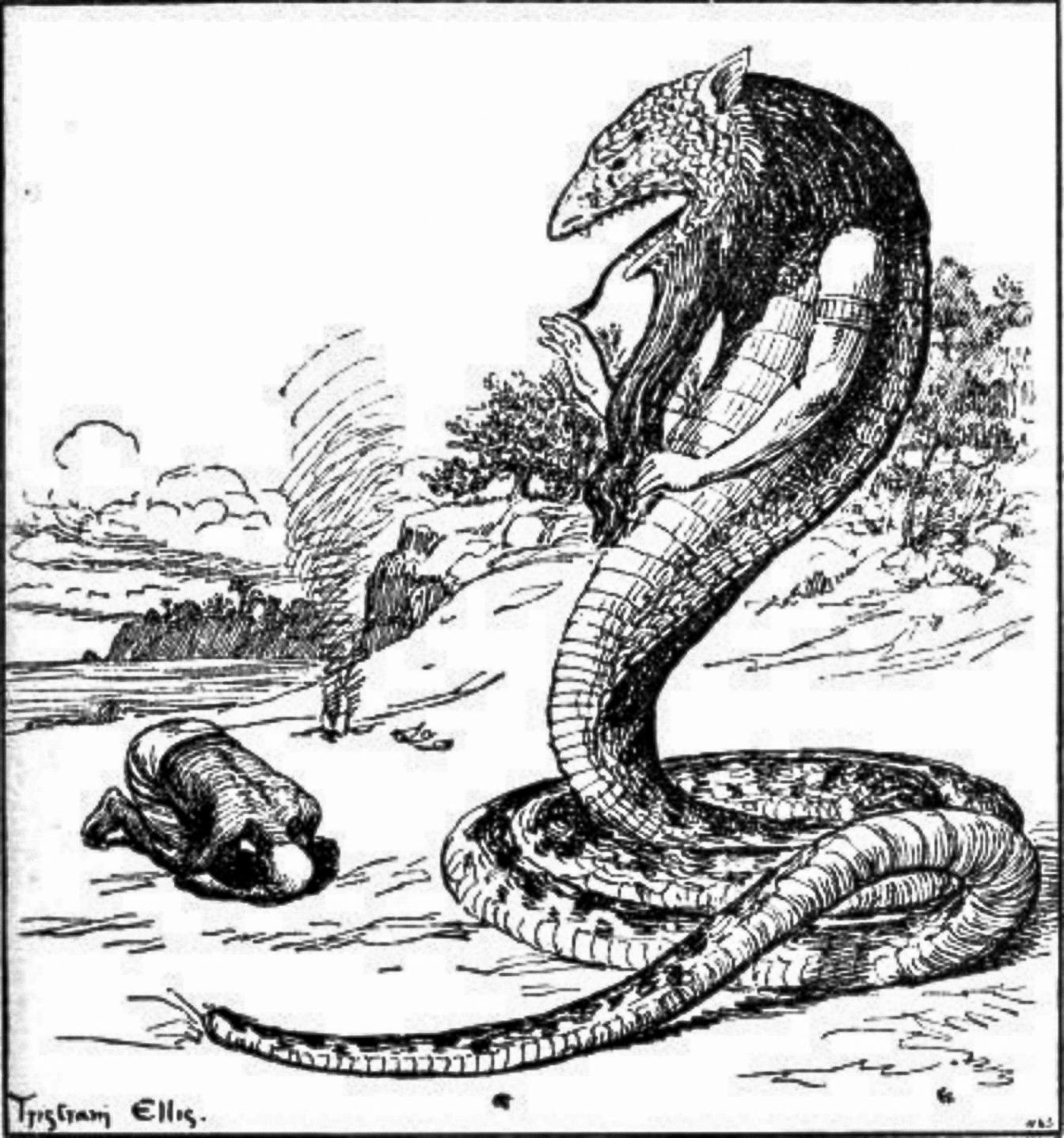
This myth’s serpent is quite fascinating. Signs point to him having a beard and eyebrows thick enough to resemble the legendary golden Chinese dragons of Chinese mythology. However, a little beard was occasionally depicted on sacred snakes in Egypt. Ancient Egyptian and East Asian traditions about enormous reptiles appear to be derived from the same source.
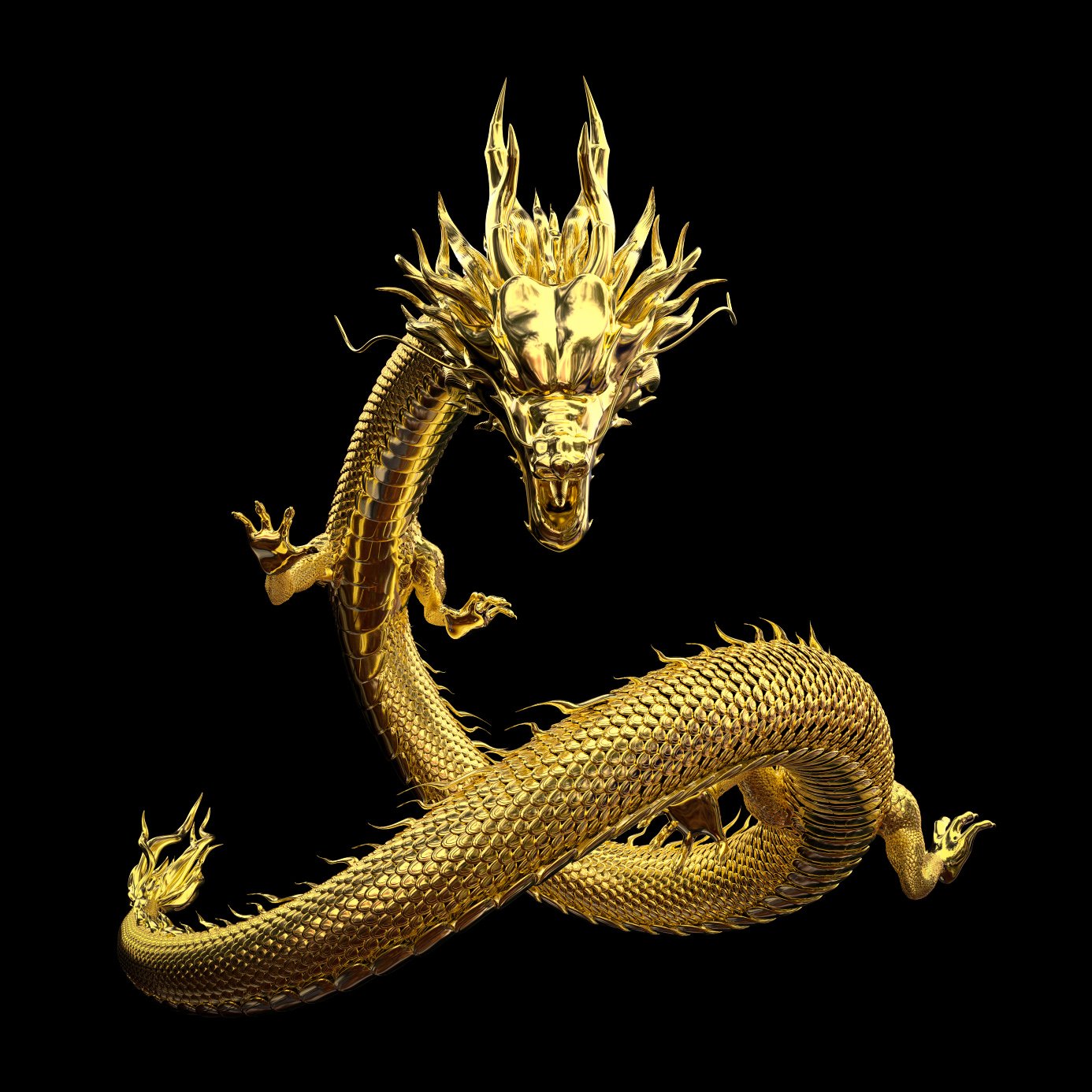
The second unusual thing you notice is that, there is a reference made in the legend to a particular star that was responsible for the death of the entire serpent family. This is what the last serpent told the man:
“Now since you have survived this accident, let me tell you of a tale of calamity that befell me. I once lived on this island with my family – 75 serpents in all without counting an orphan girl who was brought to me by chance and who was dear to my heart. One night a star came crashing down from heaven and they all went up in flames. It happened when I wasn’t there – I wasn’t among them. Only I was spared, and behold, here I am, utterly alone.”
What kind of star was it that burnt down seventy-five enormous creatures all at once? — let’s remember the size of the serpent. What an accurate and effective hit and what a powerful striking factor!
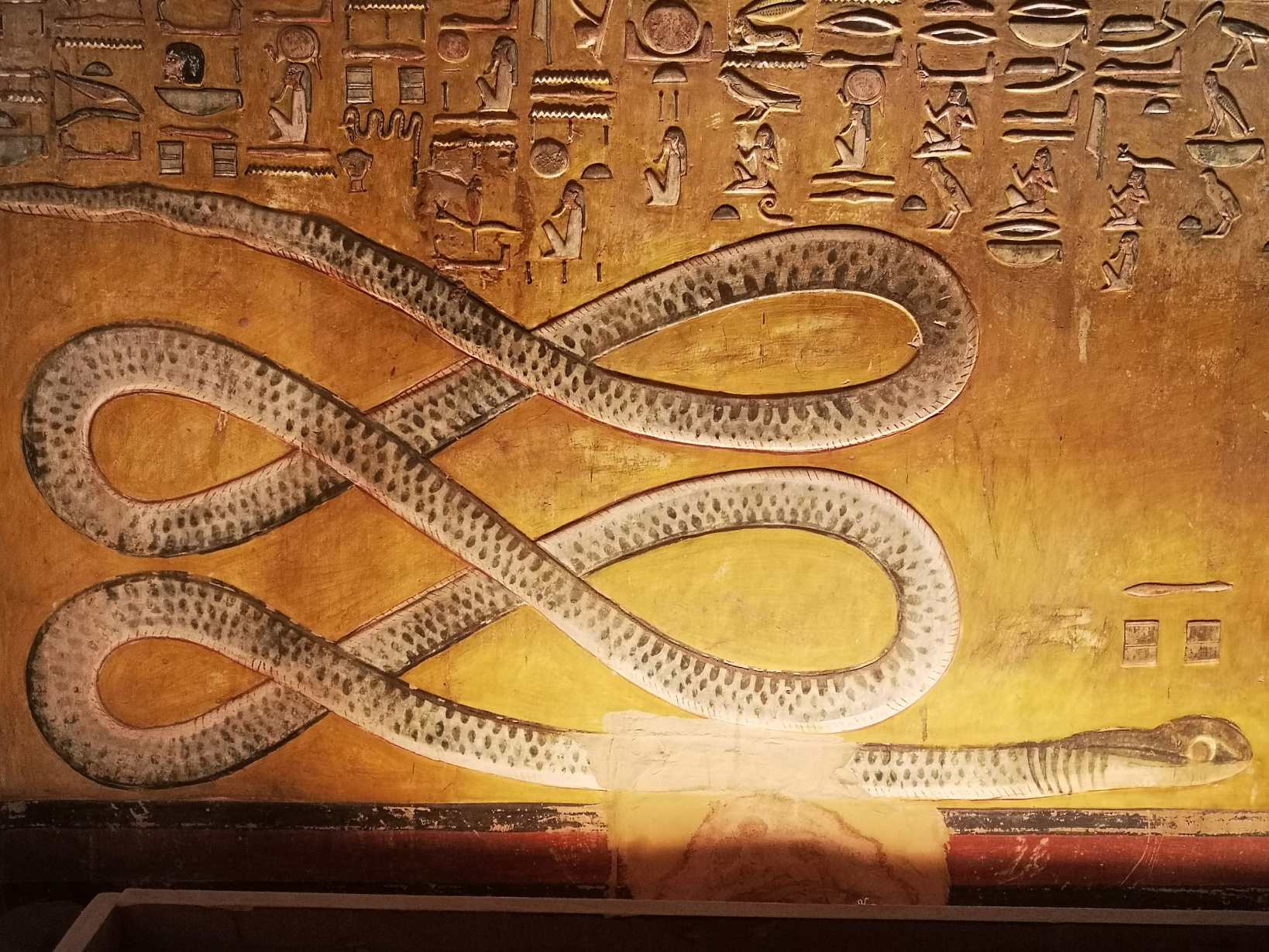
Let us recall another myth from ancient Egypt, in which Sekhmet, the dreadful eye of the deity Ra, is said to have severed the head of a giant snake or serpent Apep (also known as Apophis). Apep was viewed as the greatest enemy of Ra, and thus was given the title Enemy of Ra, and also “the Lord of Chaos”.
In this particular instance — the tale of Serpent Island — this destruction of serpents by a star resembles a real celestial punishment, in the literal sense of the word!
Let’s take a step back from the myth for a moment and concentrate on the specifics. The last surviving sailor describes waves of eight cubits, and he estimates the length of the snake to be thirty cubits. These are key comparative measurements that can be used to estimate the scale:
“And now the wind is getting stronger, and the waves are eight cubits high. And then the mast fell into the wave, and the ship was lost, and no one survived except me.”
In other words, based on the narrative, there can be no doubt regarding the size; the waves are big, and the snakes are at least three times larger than the waves. And with one swift strike from a certain “star,” all of this enormous “snake pit” of the seventy-five giant serpents is eradicated. It is clear that the explosion had a significant amount of power.
What struck the intelligent serpents? Somehow, it is difficult to accept a “crazy” asteroid hitting at random.
There is no doubt that ancient sources that tell about the history of peoples often include fictional tales in their folklore. We believe that this story parallels the ancient mythology of peoples that lived a long way from Egypt, where gods or heroes fought with reptiles or dragons in ancient stories. Why were such myths popular among ancient cultures?




